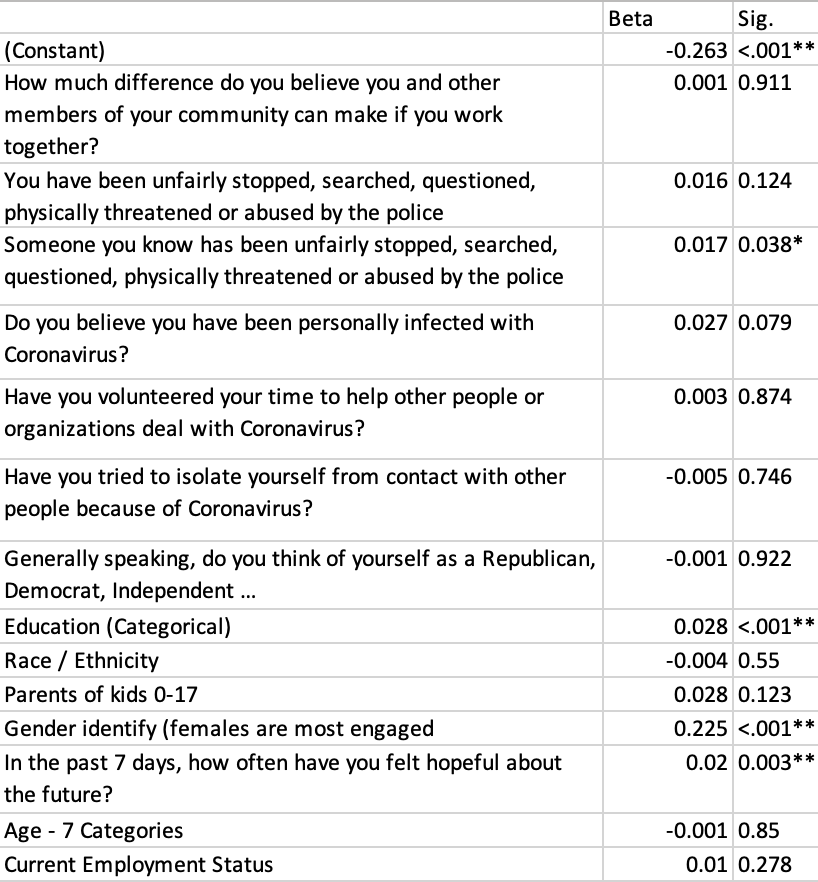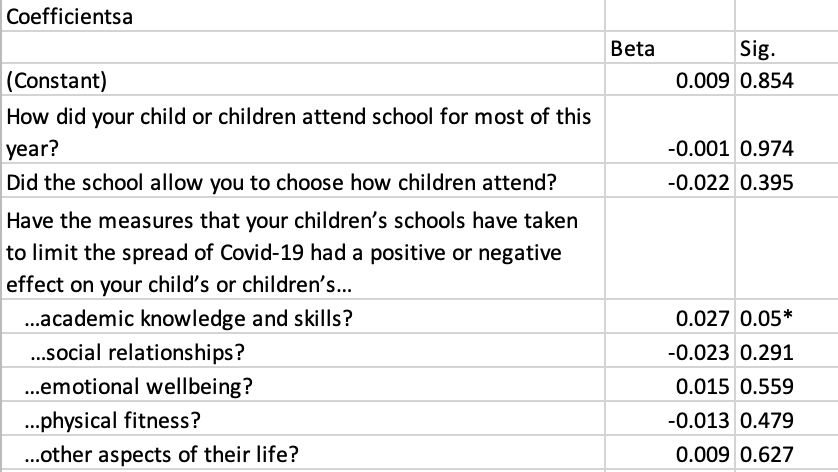In “Who Protests, What Do They Protest, and Why?” (NBER Working Paper 29987), Erica Chenoweth, Barton H. Hamilton, Hedwig Lee, Nicholas W. Papageorge, Stephen P. Roll and Matthew V. Zahn uncover some highly unexpected and challenging findings.
Their data suggest that the people who participated in Black Lives Matter protests in 2020 substantially overlapped with those who protested in favor of reopening schools and businesses during the pandemic. “Attendance at a BLM protest strongly predicts attendance at a Reopening protest.” This finding challenges assumptions about polarization. It also suggests that my local observations in Cambridge, MA were unrepresentative. Here, the most prominent advocates of racial justice were also proponents of closing schools and requiring strong social distancing, but the opposite seems to be closer to the truth across the country.
Chenoweth and colleagues find that “the median protester is white, middle class (measured by income), employed, and a parent.” African Americans are slightly overrepresented in both kinds of protests; but once the authors control for other factors, being Black is correlated with not attending a BLM protest as well as with attending a “reopening” protest. (These associations are small but statistically significant.)
Being “young, low income, [having] young children at home, working in-person, positive beliefs about life, partisanship, higher beliefs of COVID infection, and higher levels of available protests and voter participation predict attendance” at both BLM and reopening protests. Protesters are significantly more likely to vote, which challenges an assumption that protesting and participating in official politics are rival options.
I have quickly explored similar issues using the Tufts Equity in America dataset. It has limitations, and a major one is that we didn’t ask about participation in protests to reopen schools. But we did ask about protest in general, about many opinions regarding COVID-19, and about support for Black Lives Matter–as well as scores of other measures. I used attendance at a protest as the dependent variable in an Ordinary Least Squares regression and chose variables comparable to those in the study by Chenoweth et al. Being female, more educated, and hopeful about the future and knowing someone affected by police violence emerged as positive predictors.

Only a small proportion of our sample was asked about school COVID-19 policies that affected their own children. (They had to be current parents of school-aged children in our 2020 wave). In a very simple regression model, feeling that the school’s policies had been academically detrimental was associated with protesting (where the protests could be on any topic).

See also: Differences in COVID-19 response; Two-thirds of African Americans know someone mistreated by police, and 22% report mistreatment in past year